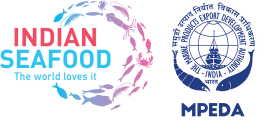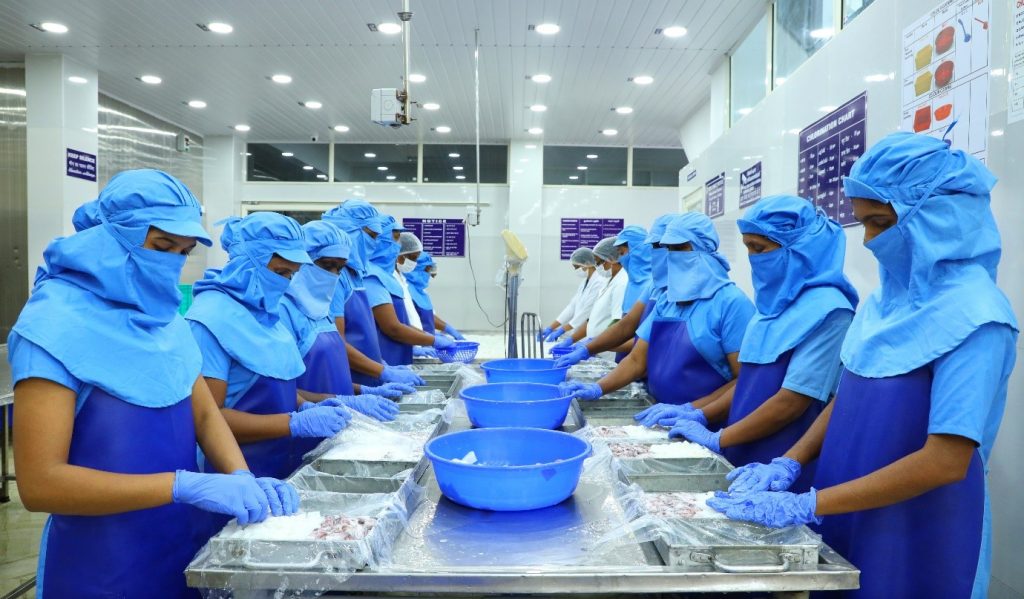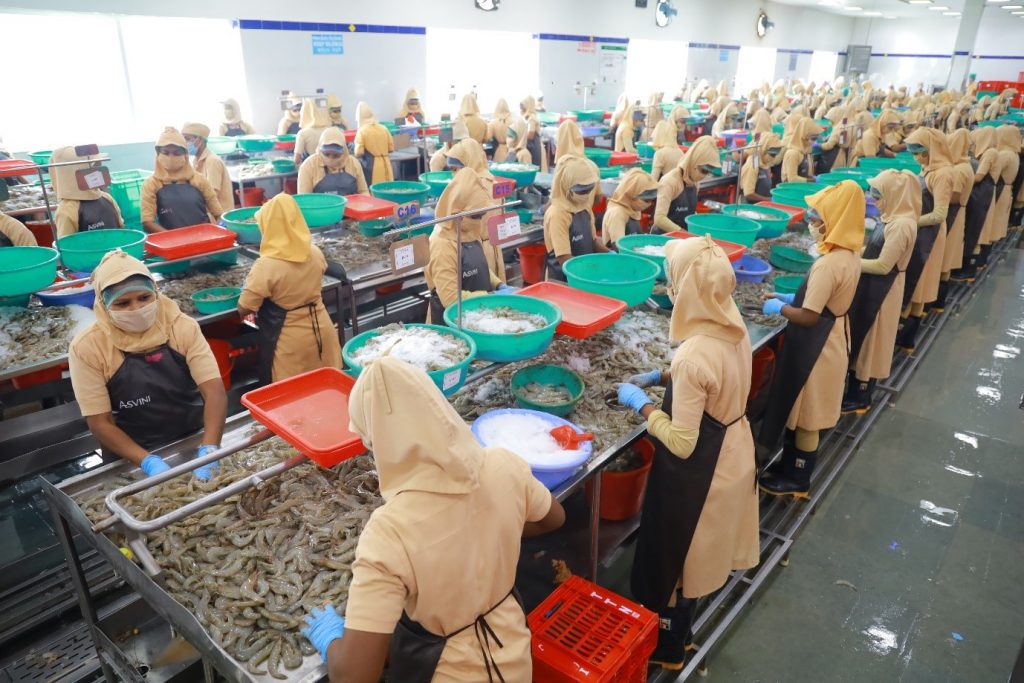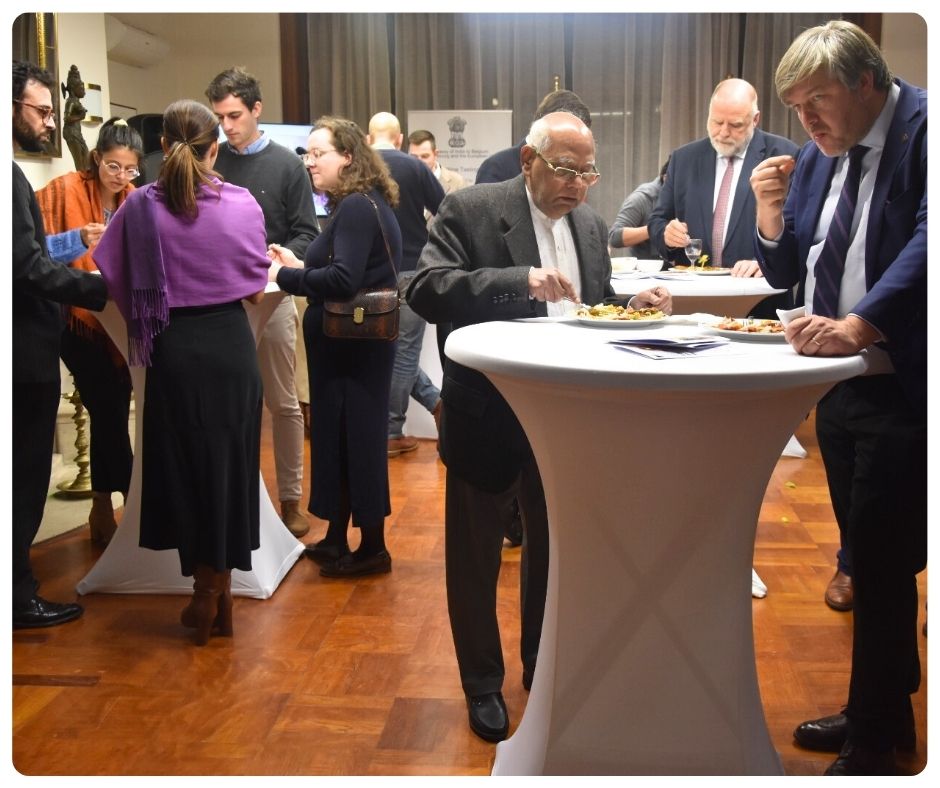India’s seafood sector, a vibrant segment of the blue economy, is not just about the bountiful harvests from the oceans, rivers, and farms—it’s a narrative of empowerment and resilience. With over 12.4 million women making waves in fisheries and seafood processing, their stories are not just about survival but about thriving in a sector that has traditionally been male-dominated. This article celebrates their journey, acknowledges their challenges, and envisions a future where gender equality is not just an aspiration but a reality.
The involvement of women in India’s seafood sector is as diverse as the marine life in its waters. From the bustling energy of seafood markets to the intricate task at the processing table, value addition and quality control, women have anchored themselves firmly across the value chain. Studies have shown that women’s participation is crucial in fish processing, marketing, and even in leadership roles within the sector.
Women’s Self-Help Groups (SHGs) have been pivotal in transforming the socio-economic landscape of the fisheries sector. These groups have provided a platform for mutual support, skill development, and financial empowerment. In Andhra Pradesh and other southern states, SHGs have successfully run several seafood projects, showcasing the potential of collective action.
Success Stories: Riding the Wave of Change
The narrative of women in India’s seafood sector is rich with success stories. In Tamil Nadu, for instance, case studies of 13 women entrepreneurs reveal their engagement in various aquaculture activities, from shrimp farming to hatchery management. These women have not only contributed to the sector’s growth but have also become role models for aspiring entrepreneurs.
In Bihar, a group of 11 women with no prior experience in fish farming turned a neglected community pond into a profitable venture, producing 1,250 kilos of fish and generating significant income. This success story is a testament to the potential of women to transform underutilized resources into opportunities for economic growth. The state of Maharashtra has many stories to share of the women SHGs successfully doing Green mud crab farming in pens raised in mangrove areas. Kerala has many women entrepreneurs who are key players in fish seed production and supply including ornamental fishes.
On International Women’s Day, the Central Marine Fisheries Research Institute (CMFRI) honoured the perseverance and entrepreneurial spirit of women like Thripthi Shetty and Deepa Manoj, who overcame the challenges of the COVID-19 pandemic to build successful businesses in ornamental fish culture and trade.
The government through “Pradhan Mantri Matsya Sampada Yojana (PMMSY)” is the flagship scheme launched to address the critical gaps in fish production and productivity, quality, technology, post-harvest infrastructure and management, modernization and strengthening of value chain, traceability, establishing a robust fisheries management framework and fishers‟ welfare, providing priority and enhanced assistance to women to initiate and successfully initiate projects in every sector of the value chain from primary production onwards.
To harness the full potential of women in the seafood sector, there is a need for gender-inclusive policies and initiatives. The role of MPEDA along with the Seafood Exporters Association of India (SEAI) in assuring fair labour practices and gender equality is crucial in this regard. By promoting capacity-building programs, facilitating access to credit, and ensuring women’s participation in decision-making processes, we can create a more equitable and sustainable seafood sector.
Conclusion
The women of India’s seafood sector are not just part of the workforce; they are agents of change, champions of sustainability, and custodians of the marine ecosystem. Their empowerment is integral to the sector’s success and the nation’s progress. As we celebrate their achievements, let’s also commit to addressing the challenges they face and to creating a future where every woman in the seafood sector can prosper. The tide is turning, and with continued support and recognition, the contributions of these remarkable women will not only be visible but will also be a driving force for the blue economy.




